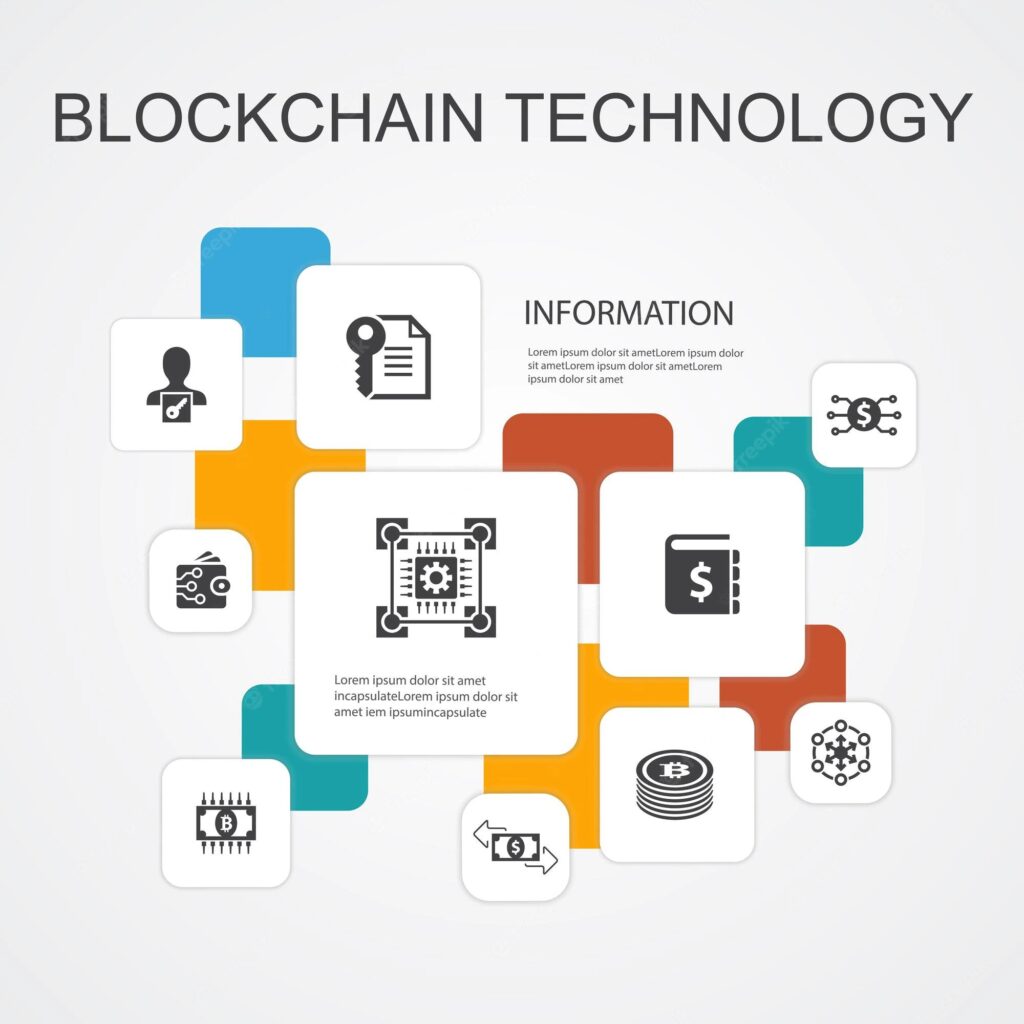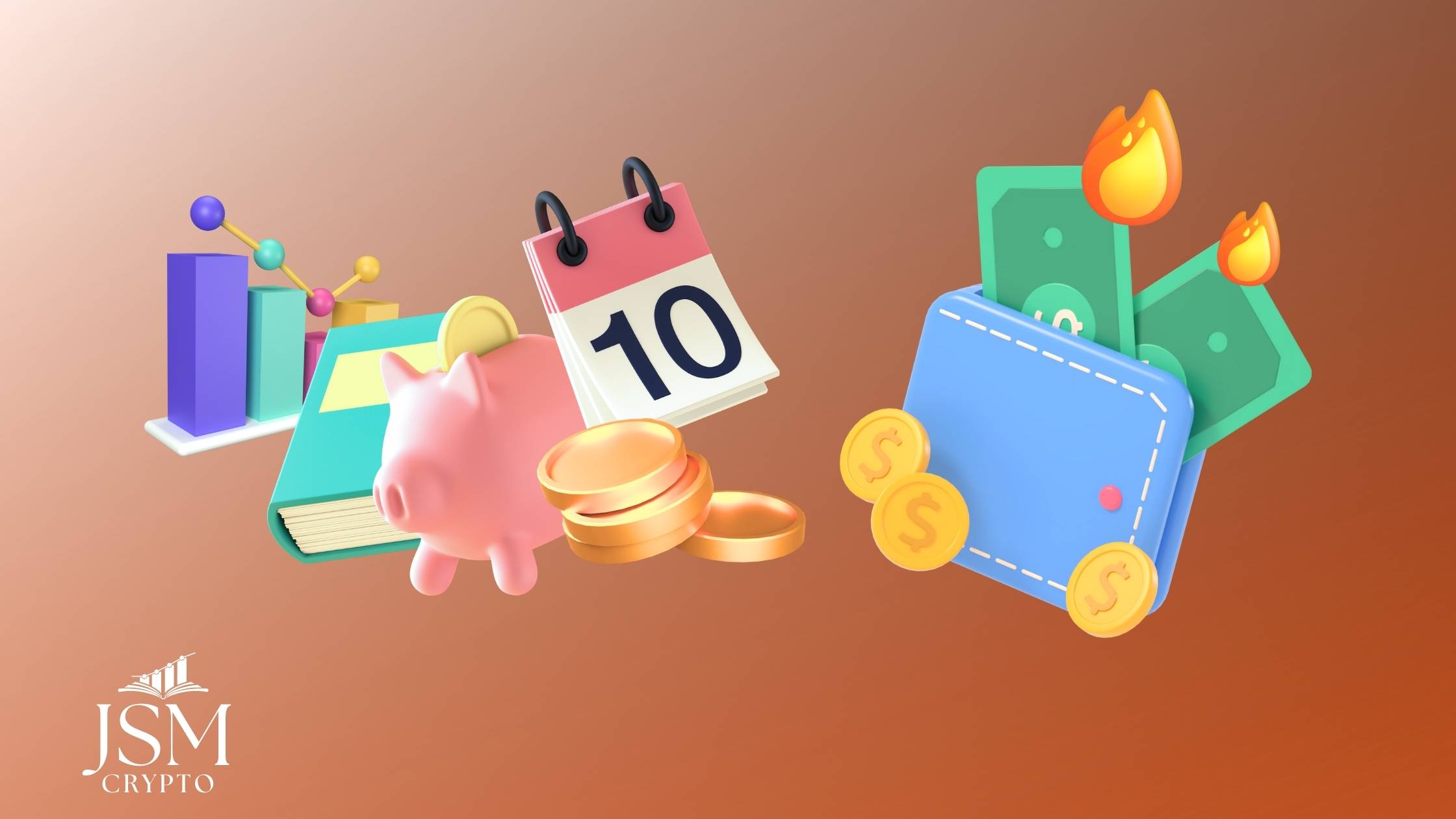
What is Blockchain Technology? A Simple Guide to Understanding It
Blockchain technology is one of the most talked-about and least understand technologies today. With more businesses and industries being integrated with it, a greater understanding of this emerging technology is needed. Let’s take a look at blockchain in simpler terms to help you get up to speed with this revolutionary technology.
Table Of Contents
Introduction to Blockchain
What is Blockchain? Blockchain definition
How does Blockchain technology works?
Advantages of Blockchain
- Decentralization
- Security
- Scalability
- Open-Source
- Smart Contracts
Who invented the blockchain?
What is Blockchain? Summary
Introduction to Blockchain
Blockchain is an online record-keeping system for electronic items. It can be used for tracking the movement of assets or the ownership of assets such as financial assets, land titles, or digital securities. The concept of blockchain was invented in 2008 by an anonymous person or group called Satoshi Nakamoto.
Nakamoto’s paper describes the implementation of an electronic currency system to replace the system of trusted third parties that had been in place since the dawn of money. This led to the emergence of Bitcoin, the first and most well-known application of blockchain technology.
Bitcoin is a cryptocurrency – a digital asset designed to serve as a medium of exchange that uses cryptography to secure transactions and control the creation of additional units of the currency. You can find out more about Bitcoin in the blog post Bitcoin: What you need to know.
What is a Blockchain? Blockchain definition
For starters, let’s take a look at the definition of blockchain.
A blockchain is an open, distributed ledger that everyone can view and participate in. This distributed ledger and its decentralized nature make it particularly useful as a distributed storage system. This means that the same information is available to everyone on the network, which ensures decentralized and secure storage.
A blockchain is a type of database that is decentralized and distributed. It is a piece of software that maintains itself and is managed by a network of computers. Each computer maintains its copy of the information, so there’s no way to go back and alter the information once it’s been written to the network. This unique property makes blockchain especially useful for storing information that doesn’t need to be altered very often.

How does Blockchain technology work?
Now that we’ve got a basic understanding of blockchain, let’s take a deeper look at how it works. Let’s start with the concept of consensus. Consensus is the process of adding information to a blockchain, and it’s a critical part of how the blockchain operates. When a block is added to the blockchain, it must be validated by the network. The block must be accepted as a single unit, and no part of it can be altered. Once validation is completed, the network creates a new block that links to the block that was just validated.
Below, we will go over the key components of the novel technology and its evolution over the industry’s brief history.
Decentralization
There is no single administrator on blockchain networks such as Bitcoin. Every aspect of the network is decentralised, including the network layer. As a result, the network is not controlled by one particular party but rather by everyone throughout the network. All transactions are available to all participants, so no one person or organisation controls the data. If someone tries to distort the data in their favour, the rest of the participants will see through it and reject it.
The Bitcoin network is an excellent example. There is no third party involved. You can compare this with the financial system, in which banks are involved. The banks guarantee the accuracy of all account records, while the Bitcoin blockchain provides all of this data to everyone on the network so that it may be checked and verified. Because the blockchain does not require third parties, this system is possible.
Web3 is the future of the internet as we know it. Web2 is where we currently reside. It’s full of internet sites and apps that are controlled by companies, but that feature user-generated content. Web3 is the future of the internet, in which decentralized blockchain technology allows individuals to maintain control of their data and internet activities.
Security
Every blockchain relies on a consensus algorithm that enables nodes to agree on a transaction’s validity before settling it. Proof-of-work (PoW) was the first consensus algorithm put into use with Bitcoin’s blockchain. In brief, this requires nodes to utilise a lot of computational power to compete to solve the mathematical equation that verifies a transaction. In PoW, the node that solves the puzzle first places the transaction into a block, after which nodes receive Bitcoin (BTC).
There are several different consensus mechanisms available, including proof-of-staked authority (PoSA) and delegated proof-of-stake (DPoS). Blockchains employ consensus algorithms or methods in conjunction with a chain selection rule and a “Sybil” resistance mechanism for complete security. Sybil resistance mechanisms prevent Sybil attacks – where a single user or group creates many different accounts. In addition, the chain selection rule is used to pick the correct chain if two miners validate the same transaction at the same time.
The PoW consensus offers unprecedented settlement security with transactions becoming immutable. Unless someone takes over 51% of the global network’s computing power, transactions cannot be altered or removed. However, the PoW energy requirement is not the most efficient or eco-friendly approach. Developers have used parts of this consensus algorithm to create a PoS consensus mechanism. By using a similar mechanism, nodes must stake a minimum amount of a blockchain’s native asset instead of needing costly computing gear and lots of energy to validate a transaction. As a result, this significantly reduces energy requirements by over 95%!
Scalability
The aim of creating a blockchain that can handle more and more transactions per second is known as scalable. As blockchain technology may be utilized by billions of people, scale is required. Nevertheless, a lot of blockchains still struggle with this issue. This is due to the fact that decentralization and security are such important components to blockchain that they tend to be prioritised first. Decentralization is so critical to the ideas and aims of blockchain that it is the centre of most well-known blockchains. Security, as we have discussed, is necessary for a blockchain to be successful and useful.
However, scalability is a challenge due to prioritizing decentralization and security. Although a centralised payment system such as Visa is capable of handling 24,000 transactions per second, the network is closed and free from public nodes and consensus considerations. Compare this with some of the most renowned blockchains.
As of November, Bitcoin is only capable of handling seven transactions per second, while Ethereum, the second most popular blockchain, was capable of handling only 15 transactions per second. In comparison, conventional exchanges can support thousands of transactions per second.
Open-Source
In addition to decentralization and security, a feature of blockchain that is particularly apparent is transparency. Every transaction involving every asset on every blockchain is theoretically viewable at any time, but it depends on whether the blockchain is public or private (which we will examine later) whether transactions are available to the public or only to certain individuals with relevant private keys. Block explorers like Etherscan (for Ethereum) and BscScan (for Binance Smart Chain) allow anyone to instantly search and inspect real-time transactions.
The open-source code makes the technology even more decentralised. All the code for different blockchains and applications running on them is accessible for viewing.
Smart Contracts
Smart contracts are computer software programs that ensure enforceable business contracts automatically. Smart contracts can be used as digital agreements that facilitate the exchange of cryptocurrencies (as well as other digital assets) between two parties. Once the terms of the agreement have been established, the smart contract verifies whether the terms have been fulfilled and the assets are distributed.
As described above, smart contracts are lines of code that execute a predefined series of actions once certain conditions are met.
Smart contracts can be used in a variety of situations, for example, where an online store may ensure that products are delivered once payment is received by employing a smart contract.
They can also be used in a number of other industries, including financial services, as well. Automating the clearing and settlement of trades, bond coupons, and insurance claims are among the possibilities.
Smart contracts were first invented by cryptographer Nick Szabo in 1994, many years before the invention of Bitcoin.

Advantages of Blockchain
Now that we’ve looked at how blockchain works, let’s take a look at some of the advantages of this technology. First and foremost, blockchain is a decentralized system. This means that it’s trustless, which is one of the biggest advantages of blockchain. This means that there’s no central authority to issue and revoke a blockchain transaction. Blockchain technology also provides several other advantages, including the following:
– Transparency: Transparent and immutable ledgers ensure that any transactions are recorded, verified, and audited.
– Security: Blockchain technology uses cryptography to ensure the security of the data stored on the blockchain.
– Privacy: No third party is required to validate the transactions.
– Fraud Reduction: With the use of technology and cryptography, blockchain systems can reduce fraud by eliminating the need for trusted intermediaries.
-They’re global: cryptocurrencies can be sent around the world quickly and cheaply.

Who invented the blockchain?
You might be wondering who invented the blockchain, right?
In late 2008, a person or group going by the name Satoshi Nakamoto published a whitepaper online explaining the principles behind a new type of digital currency called Bitcoin. Every cryptocurrency since has evolved from the ideas outlined in that paper.
Nakamoto’s goal was to create digital money that would allow online transactions between strangers anywhere in the world to take place without the need for a third party in the middle, such as a credit card company or a payment processor like Paypal.
This necessitated the development of a system that would eliminate a vexing problem known as “double spending,” in which a person may spend the same money more than once. The solution is a network that constantly verifies Bitcoin movement. The blockchain is that network.
Although the blockchain was conceptualized in 2008, it wasn’t implemented until 2009 with the creation of Bitcoin. And it wasn’t until 2015 that the Ethereum network was created. Now, there are over 1,400 blockchain projects, and more than half of the world’s billion-dollar companies are researching blockchain technology.
What is a Blockchain? Summary
In this article, we learned about blockchain technology and its unique characteristics. We also examined what a blockchain is, how it operates, and its advantages. We then explored who invented the blockchain and its applications. Now that you have the knowledge you need to get up to speed with blockchain, you’ll be well-equipped to apply this cutting-edge technology in your upcoming projects.





